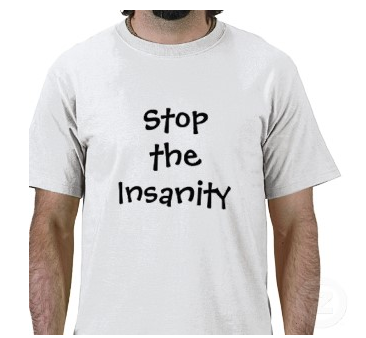A Sensible Way to Blend the Socials 10 and 11 Outcomes To Increase Understanding and Success

Note: this proposal is different than our suggested Civic Mirror + Social Studies 11 scope & sequence.
Social Studies 11 is massive.
Students in B.C. are not required to take a social studies course in Grade 12. As a result, the Social Studies 11 is massive in its scope so as to ensure students graduate with a solid understanding of what it means to be Canadian.
Therefore, It’s Challenging to Teach
Given the size of SS11, and the fact that it is provincially examinable, teaching all of the content and concepts in a way that is meaningful is a challenge to say the least.
Plus, There Are No Alternatives
There is no remedial version of SS11, unlike the English, Math, and Science curricular strands (and no, Civics 11 is just as difficult). Consequently, teaching this high-level course to a diverse range of learners – all of who have to write its provincial exam – is even more challenging, if not downright stressful.
Plus, the Content is Complex and Abstract
The content and concepts taught in SS11 are abstract and very complex. A case could easily be made that students require a fundamental understanding of Canadian politics, basic economics, and “citizenship” in order to fully grasp many of the SS11 learning outcomes. How can one expect teenagers to understand (i) the rise of fascism in the 1920s due to economic hardship, (ii) the importance and significance of the human rights movement, or (iii) the global decision making process in light of resource shortages and overpopulation without an understanding of the political and economic contexts they exist within?
And Prior Courses Don’t Really Develop Foundational Knowledge for SS11
B.C.’s current social studies curriculum focus on history from Grade. 7 -10. While that’s all fine and good, it doesn’t provide students with enough opportunities to develop the foundational knowledge (see previous point) to fully grasp the ‘big ideas’ of the Social Studies 11 content. The feudal system, the fur trade, and Red River Rebellion are all very important events to study, but they’re not going to help students understand how to use our parliamentary or legal system to curb global warming, or tweak and regulate the market economy to help during a depression.
Benefits of The Civic Mirror in S.S. 10
This curricular proposal suggests that teachers and departments condense the SS10 curricular delivery by 6 weeks and cover the SS11 Canadian Government Unit with the Civic Mirror in an effort to help students better understand underlying concepts for SS11.
In fact, if teachers used our Political-Economic Spectrum and Canada’s Democratic History modules as well, they would actually be covering tons of outcomes for both SS10 and SS11.
Experiential Learning = Increased Understanding Afterward
By the end of the Civic Mirror law and government unit in S.S.10, students will better understand of the purpose and functionality of law, government, and the economy because they will have experienced these things for themselves. This will, inevitably, help them better grasp the learning outcomes in SS10 (making up for the lost calendar time) as well as SS11’s.
Make It a Department-Wide Initiative
In fact, if this became a department-wide social studies initiative, the SS11 Government unit could be covered in a week or so through an opening review in, freeing up huge portions of calendar time to cover the monster history unit and the human geography unit.
Worth the Investment in Time
In sum, using the Civic Mirror in SS10 will help students better understand and appreciate everything else they are required to learn about nations, governments, laws, economies, and citizenship in SS10 and SS11. Yes, it may take up a lot of time in Grade 10, but if you view SS10 and SS11 as one continuous course instead of two separate ones, it’s well worth the investment.
